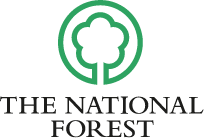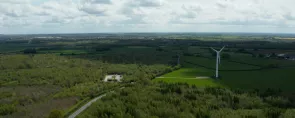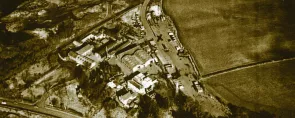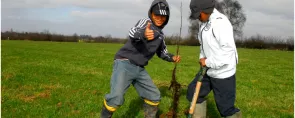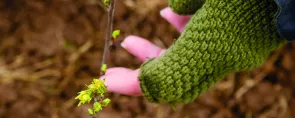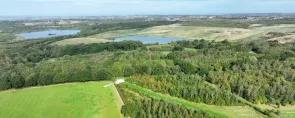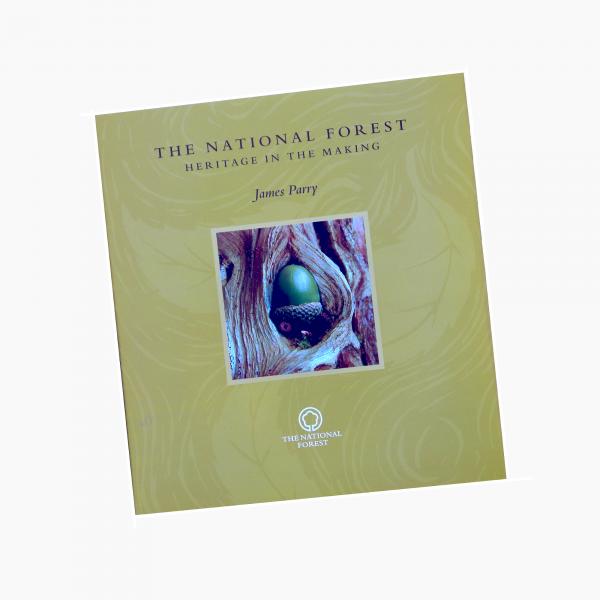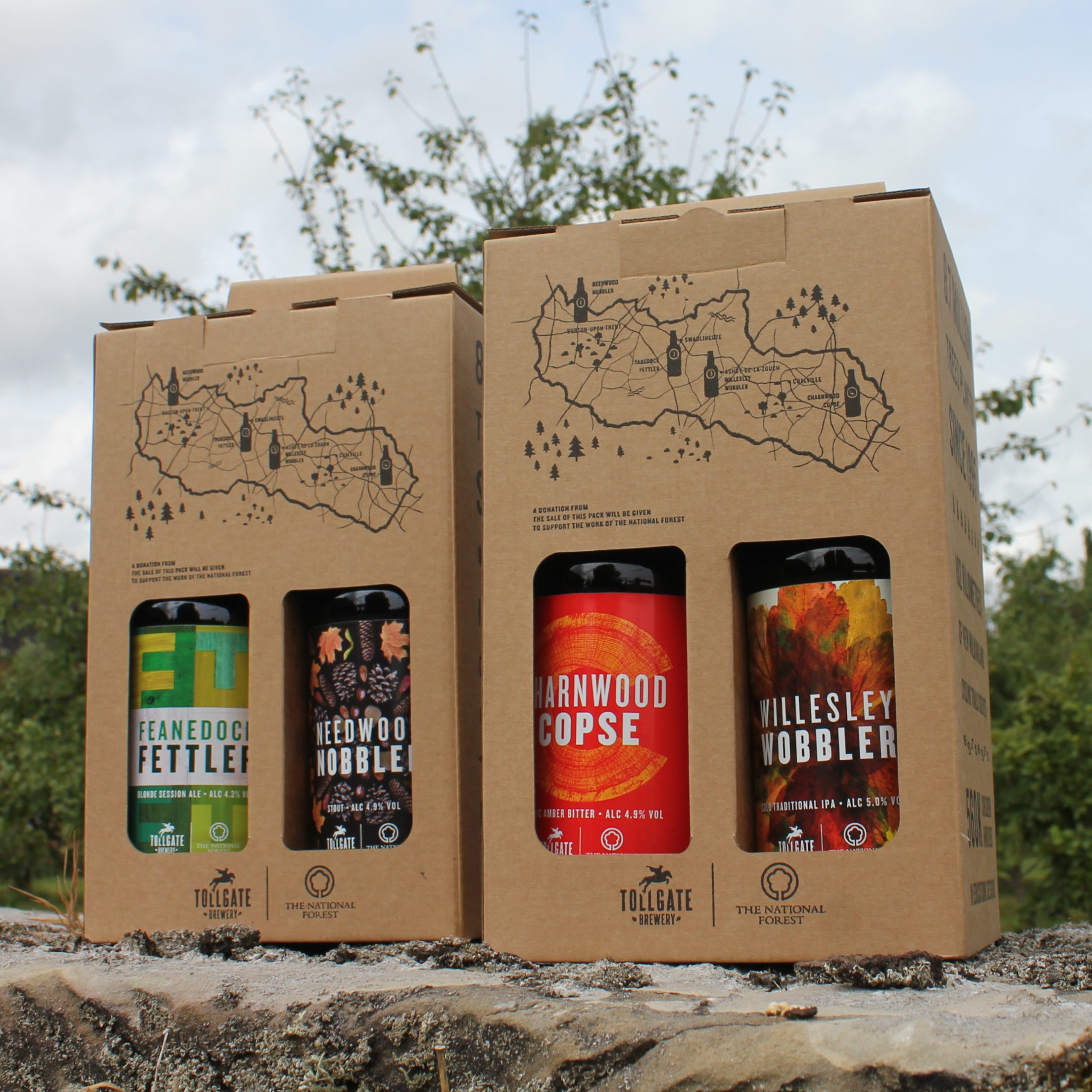Lammas is connected with the Celtic God Lugh and for that reason is also called Lughnasadh (LOO-nah-sah). Lugh was the corn king who dies with the waning year, a sacrifice to the land to ensure ongoing prosperity. Lugh was associated with crafts, particularly metal work, which is important for the plough and the scythe, sowing and reaping and also horse racing, oaths, and contracts. This was a time for showing off the speed of your horse or competing in feats of skill and strength. A time of feasting with games and contests, marriage contracts and namings. As the youth were largely concerned with displaying their prowess over a festival that could last several weeks, naturally attachments would form.
Whether love-matches or arranged matches with the interests of the clan at stake, it was a time for arranging marriages. A trial marriage could be made by thrusting hands through a holed stone and the couple would promise to live together for a year and a day. After that time, they could part if either of them felt that the experience had not lived up to expectation!
Full of fun and festivity Lammas was still primarily a celebration and honouring of the Celtic Goddess of Sovereignty who works tirelessly in service of the land. Embodying abundance and prosperity she is the personification of the power and authority of a kingdom, to be conferred upon its king in a sacred union. Offerings of cereals and summer fruits were given to the Goddess, usually in a local aspect related to the lands occupied by each community. She had many names in many places, but her story was often associated with labouring on the land to exhaustion and being revered for her steadfastness.
A tree that is strongly connected with Lammas is the hazel. It is believed to have properties of wisdom, creativity, divination, and knowledge. In Celtic mythology nine nuts of wisdom fell from the hazel tree into the river and there are many different tales of what happened after that, but all agree that Hazel can be consulted wherever inspiration is required. The hazel tree provided much from both its wood and its nuts. Hazels long straight rods can be woven for shelter and protection, a forked twig may be used to dowse for water or minerals, and the nuts can be roasted and ground to make a protein rich, gluten-free flour.
The energy of Lammas is one of appreciation, of gratitude for what has already been received and an honouring in anticipation for the rest of the harvest to come.
Expressing gratitude is associated with a host of mental and physical health benefits. Studies have shown that feeling thankful can improve sleep, mood, and immunity. Gratitude can decrease depression, anxiety, difficulties with chronic pain and risk of disease.
A simple way to celebrate Lammas today is to practice gratitude by, if we can, getting out into nature and experiencing through our senses all the natural elements that work together to create the first harvest, and really appreciating their qualities, their presence and how much they do for us.
The element of Earth providing a place for everything to grow, a place for seeds to root and shoot. Holding onto the water for the roots to soak up and providing nourishing minerals from rocks within.
The Sun, element of fire, warmth, and light, drawing up the crop from the ground, ripening it and drying it out to perfect readiness for harvest. Making the first fruits ripen with sweetness.
The element of water. The spring/summer rain that plumps up the seeds and makes the first fruits juicy and mouth-watering.
The element of air, that supports the pollinators, the bees, to work their magic, which wafts the stalks and helps to dry them out for cutting.
To express our gratitude, in whatever way feels good to us, whether it be a smile, a prayer, a photo, a comment to a friend, a poem, a silent thought, for the earth, the rain, the wind and sun is a fine offering to Gaia, Mother Nature for her continuous gifts. Lammas was a particularly important Celtic festival that extended from two weeks before until two weeks after the actual festival day. It was said that as long as the custom of honouring the goddess shall be maintained, so shall there be ‘corn and milk in every house, peace and fine weather for the feast.’ Amen to that!
Karen Jacks is a retired Occupational Therapist who has worked for the NHS for 35 years. After retiring in 2018 Karen found daily life a bit bewildering after losing the structure and rhythms that are imposed on life by working full time and having a family. She says ‘I started to look towards the more natural cycles of life, like the phases of the moon and the pattern of the seasons and that led me via lots of routes to the idea of wheel of the year, which divides the earths annual cycle into eight divisions. I have found a beautiful connection, between the wisdom and beliefs of the old ways, which are grounded in living observations of the Earth’s natural cycles, to the changes in thoughts, emotions and energy levels I experience throughout the year. It has been hugely enlightening and reassuring, in an era when everything is online and changes happen so fast, the Earths rhythms and cycles are basically the same now as they ever were’.
Karen lives in Nottinghamshire with her husband and has two grown up children. She has just started to teach Tai Ji after long years of practice and her favourite place in the world is Beresford Dale in the Peak District.
Do you have a story or experience you would like to share? From poetry to personal stories, we would love to hear from you and your experiences of nature and the National Forest. Email us at stories@nationalforest.org
